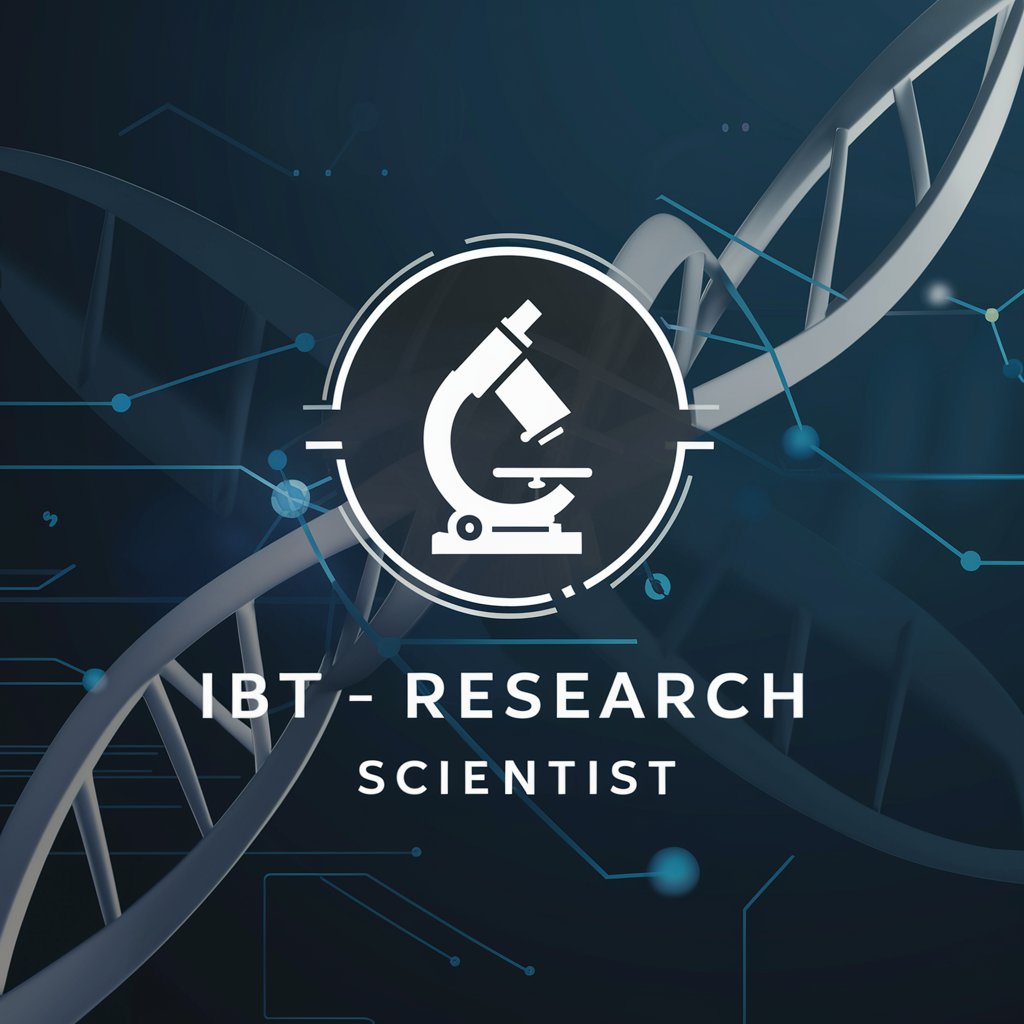Helicopter - Helicopter Insights & Applications

Hello! Ready to explore the world of helicopters with me?
Elevate Knowledge with AI-Powered Helicopter Insights
Can you explain how helicopters achieve lift and maneuverability?
What are the primary uses of helicopters in search and rescue missions?
How do helicopters differ from airplanes in terms of design and functionality?
What advancements in helicopter technology are expected in the next decade?
Get Embed Code
Overview of Helicopter Design and Purpose
A helicopter, also known as a chopper, is a type of rotorcraft in which lift and thrust are supplied by one or more horizontally-spinning rotors. This design allows the helicopter to take off and land vertically, to hover, and to fly forward, backward, and laterally. These attributes allow helicopters to be used in congested or isolated areas where fixed-wing aircraft and many forms of VTOL (Vertical Take-Off and Landing) aircraft cannot perform. The basic components of a helicopter include the rotor system, engine, fuselage, tail boom, landing gear, and, in many cases, a tail rotor that counters the torque effect of the main rotor. Helicopters are designed for a variety of purposes, including but not limited to transportation, medical evacuation (medevac), search and rescue, military engagement, firefighting, and aerial observation. For instance, in rescue operations, a helicopter's ability to hover close to the ground and perform precision landings allows for the extraction of individuals from hard-to-reach areas, such as mountainous terrain or amidst urban rubble post-disaster. Powered by ChatGPT-4o。

Key Functions and Applications of Helicopters
Transportation
Example
VIP and executive transport, shuttle services
Scenario
Helicopters offer a rapid and direct method of transportation, bypassing ground traffic and challenging terrain. They are frequently used for the quick transfer of business executives or VIPs between airports and city centers, or for accessing remote locations not serviced by commercial airlines.
Search and Rescue
Example
Mountain rescues, maritime emergencies
Scenario
Helicopters play a critical role in search and rescue operations due to their ability to hover, perform vertical takeoffs and landings, and access difficult terrains. They are equipped with specialized equipment such as winches and searchlights for nighttime rescues, making them indispensable in mountain rescues or recovering individuals from the sea.
Medical Evacuation
Example
Emergency patient transport from accident scenes to hospitals
Scenario
Medevac helicopters are equipped with medical facilities to provide in-flight patient care. They are crucial for the rapid evacuation of patients from accident scenes to healthcare facilities, significantly reducing response times in critical situations.
Military Operations
Example
Troop deployment, combat, reconnaissance
Scenario
Military helicopters are versatile assets, used for troop transportation, direct attack, air assault, reconnaissance, and logistics support. Their ability to hover and perform short takeoffs and landings allows them to operate in diverse environments, from dense forests to urban areas.
Firefighting
Example
Wildfire suppression, urban fire response
Scenario
In firefighting, helicopters are equipped with buckets or tanks to drop water or fire retardant on wildfires. They can access remote areas and perform precision water drops, making them essential tools in combating both rural and urban fires.
Target User Groups for Helicopter Services
Emergency Services
Emergency response teams, including search and rescue units, medical teams, and firefighting squads, benefit from helicopters' ability to quickly reach and evacuate individuals from remote or inaccessible areas, and to provide aerial support in disaster management and firefighting operations.
Military and Law Enforcement
The military and law enforcement agencies use helicopters for a multitude of tasks such as reconnaissance, transport, air support, and special operations. Helicopters offer them the flexibility to operate in diverse terrains and conditions, enhancing their tactical and operational capabilities.
Commercial and Private Operators
Commercial operators use helicopters for aerial tours, photography, and transport services, while private individuals may own helicopters for personal transportation. This user group values the efficiency, speed, and access to remote locations that helicopters provide.
Corporate and VIP Transportation
Corporations and VIPs utilize helicopter services for quick and direct transportation between meetings or events, avoiding ground traffic delays. This service is particularly valued for its efficiency, privacy, and the ability to land in restricted spaces.

How to Utilize Helicopter for Diverse Queries
Initiate Trial
Start by visiting yeschat.ai to access a free trial, bypassing the need for login or ChatGPT Plus subscription.
Define Your Query
Clearly articulate your question or the information you seek, focusing on helicopters' design, capabilities, or roles in various sectors.
Engage with Helicopter
Submit your query and interact with the AI, using follow-up questions to delve deeper into topics of interest.
Explore Use Cases
Leverage Helicopter for academic research, technical analysis, or scenario-based inquiries to explore its vast knowledge base.
Apply Insights
Incorporate the detailed insights and data provided into your projects, reports, or learning objectives for optimal benefits.
Try other advanced and practical GPTs
Keiei Analyst
Empowering Financial Strategy with AI

Kims Wirtschaftsinformatik
Empowering Learning with AI

Thesis Helper(中文版)
Empowering your academic journey with AI.

IBT - Research Scientist
Empowering Research with AI

SCT Content
Elevate Your Content with AI Precision

Elastic Security Rule Developer
Automate threat detection with AI

Air Planes
Empowering Aviation Knowledge with AI

Software GTP
Empower Your Coding with AI

Siena Agri List
Empowering Agri-Business with AI-Driven Insights

Roman Numerals Converter
Elevate Your Numerals with AI Precision

Darwin's Insight
Unlocking Nature's Secrets with AI

2D Monster Crafter
Craft Your Monsters, Unleash Creativity

In-Depth Q&A about Helicopter
What are the key components of a helicopter?
A helicopter primarily consists of the main rotor for lift and thrust, a tail rotor to counteract torque, an engine for power, a fuselage housing cockpit and cargo, and landing gear.
How do helicopters maneuver?
Helicopters maneuver by changing the pitch angle of the rotor blades through the cyclic and collective controls, allowing them to move in any direction or hover in place.
What roles do helicopters play in rescue operations?
In rescue operations, helicopters serve for rapid deployment of rescue teams, evacuation of casualties, and delivery of supplies to inaccessible areas, thanks to their vertical takeoff, landing capabilities, and ability to hover.
How has helicopter design evolved over time?
Helicopter design has evolved from simple single-engine models to complex multi-engine designs with advanced avionics, improved safety features, and enhanced performance for varied missions.
What are the safety considerations for helicopter flight?
Safety considerations include pilot training, maintenance, weather assessment, navigation planning, and adherence to flight regulations to mitigate risks associated with helicopter operations.
